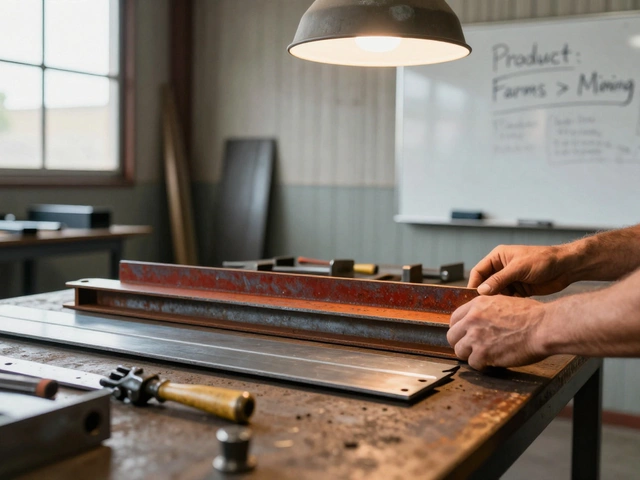Furniture Profitability: Simple Ways to Grow Your Bottom Line
If you’re in the furniture game, you know profit margins can swing wildly. One month you’re cruising, the next you’re scrambling to cover costs. The good news? Most of the big gaps are within your control. Below are the real‑world levers you can pull today to turn a modest profit into a healthy one.
Know Your Cost Drivers
The first step is to map every expense that touches a piece of furniture, from raw material to delivery. Wood, metal, and foam prices are obvious, but hidden costs often hide in labor scheduling, machine downtime, and waste. Track each line item in a spreadsheet and ask yourself: “Do we really need this?” If a step adds less than 2% to the final price, look for a faster or cheaper alternative.
Next, examine your supply chain. Buying bulk can cut unit cost, but only if you have storage space and cash flow to handle it. Many small manufacturers get better rates by joining a buying consortium – you share the order size, share the discount.
Don’t forget overhead. Electricity, rent, and insurance eat up a surprisingly large chunk of profit. Simple moves like switching to LED lighting, negotiating a better lease, or bundling insurance can shave a few percent off your cost base.
Boosting Your Bottom Line
Pricing is where theory meets reality. Start by calculating a “target margin” that covers all costs and leaves room for growth. Then, compare that number with what the market will bear. If customers are willing to pay more for a sustainable finish or a quick delivery, factor that premium into your price.
Use tiered pricing to encourage larger orders. Offer a 5% discount on orders over 10 units, and a 10% discount over 25 units. The extra volume often outweighs the discount, especially when your fixed costs stay flat.
Another quick win is to bundle add‑ons. A set of assembly instructions, a complimentary cushion, or a protective coating can be sold as a package. Customers perceive higher value, and you boost average order value without a huge cost increase.
Finally, look at your product mix. High‑margin items like custom‑crafted pieces or modular furniture often bring better returns than basic flat‑pack tables. Promote those items in your catalog, on your website, and in sales pitches. Even a small shift in focus can lift overall profitability.
In a nutshell, profitability isn’t a mystery – it’s a series of small, actionable decisions. Keep a close eye on costs, price smartly, and shape your product line toward higher‑margin pieces. Do these things consistently, and you’ll see your furniture business move from breaking even to thriving.
Profit Potential of the Indian Furniture Industry
The furniture industry in India has been rapidly evolving, gaining attention for its vast potential and profitability. With the rise in urbanization and middle-class incomes, there's been a noticeable shift towards stylish and functional furniture. This transformation opens up golden opportunities for both local artisans and large manufacturers. Understanding market trends and embracing sustainable practices could be the key to thriving in this highly competitive domain.
Read More




